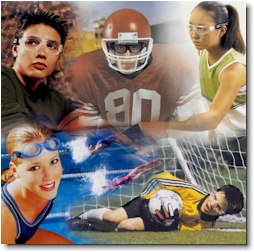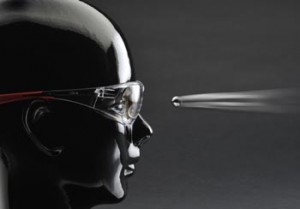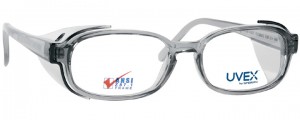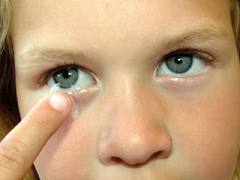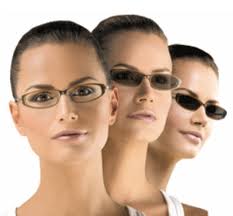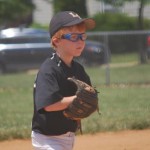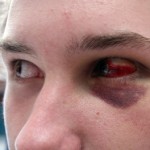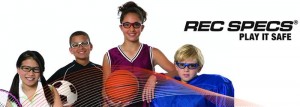A swollen eyelid occurs when there is inflammation or excess fluid (edema) in the connective tissues surrounding the eye. Swollen eyes can be painful or non-painful, and involve one eye or two and top or bottom eyelids.
Symptoms of Swollen Eyelids
Swelling of the eyelids is a symptom of an underlying cause, such as allergy or infection. Swollen eyes usually are accompanied by one or more of the following:
- Eye irritation, such as an itchy or scratchy sensation
- Excess tear production, resulting in watering eyes
- Obstructed vision (depending on the extent of the swelling)
- Redness of the eyelid
- Redness and inflammation of the white of the eye (conjunctiva)
- Discharge from the eye
- Pain, particularly when swollen eyelids are caused by infection
Treatment of Swollen Eyelids
The first step in treating swollen eyelids is to identify the cause. The doctors at 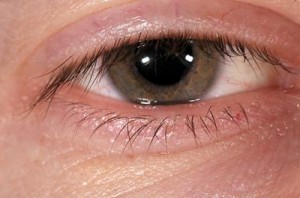 Westside Optometry may write a prescription, recommend an over the counter remedy or suggest hot or cold compresses depending on the diagnosis.
Westside Optometry may write a prescription, recommend an over the counter remedy or suggest hot or cold compresses depending on the diagnosis.
Tips for Preventing Swollen Eyelids
Control your allergies
Choose and use cosmetics, lotions and skin products carefully
Pay attention to eye drops you use, do not share them, check the expiration date and verify the intended use.
If you wear contact lenses, you can minimize your risk of eye infection or irritation by practicing proper hygiene, replacing contacts and contact cases as prescribed and not over-wearing your lenses.
To read more about the causes of swollen eyelids click here
